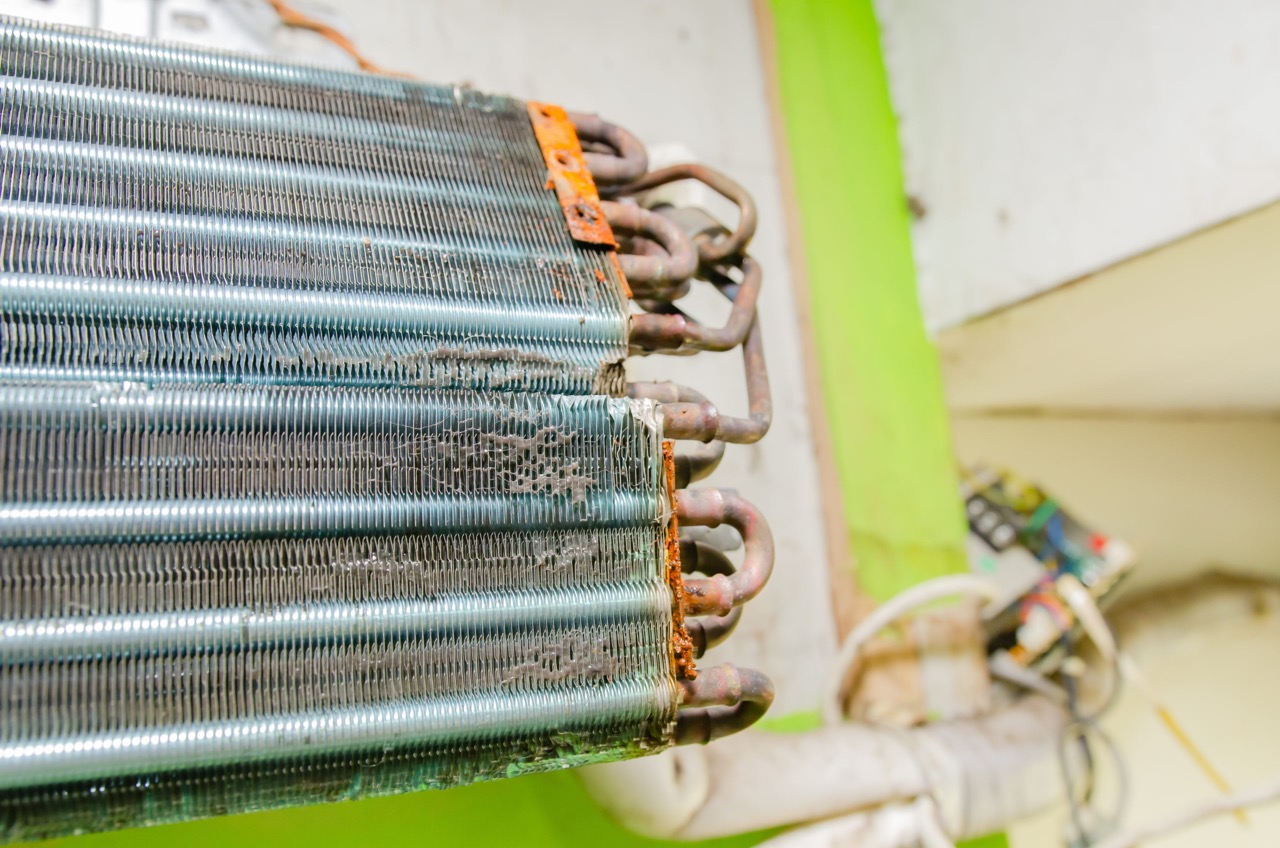

Articles
What Is A Coil In HVAC
Modified: December 7, 2023
Learn about the importance of coils in HVAC systems and find articles that provide in-depth information to help you understand their role in heating and cooling your home.
(Many of the links in this article redirect to a specific reviewed product. Your purchase of these products through affiliate links helps to generate commission for Storables.com, at no extra cost. Learn more)
Introduction
When it comes to heating, ventilation, and air conditioning (HVAC) systems, there are various components that work together to ensure optimal indoor comfort. One essential component of an HVAC system is the coil. Although it may seem like a small and seemingly insignificant part, the coil plays a significant role in the overall functionality and efficiency of the HVAC system.
In this article, we will delve into the world of HVAC coils, exploring their definition, basic components, types, functions, importance, as well as common issues and maintenance tips. By understanding the importance of this seemingly small component, you’ll gain a deeper appreciation for its role in maintaining a comfortable and healthy indoor environment.
Key Takeaways:
- HVAC coils are essential for heat transfer, temperature control, and energy efficiency in HVAC systems. Regular maintenance is crucial to prevent common issues and ensure optimal performance and longevity.
- Understanding the role and importance of HVAC coils helps maintain a comfortable indoor environment. Coils contribute to humidity control, energy efficiency, and overall system functionality, making them integral components of HVAC systems.
Read more: How To Clean Coils On HVAC Unit
Definition of a Coil in HVAC
In the context of HVAC systems, a coil refers to a heat transfer device that plays a crucial role in the heating or cooling process. It is typically made up of a series of tubes or pipes that are arranged in a specific pattern and are designed to transfer heat between two substances, such as air and refrigerant or air and water.
The term “coil” is derived from the coiling or winding shape of the tubes, which allows for a larger surface area in a compact space. This increased surface area facilitates efficient heat transfer and helps in achieving the desired temperature control in HVAC systems.
HVAC coils are usually made from copper, aluminum, or other materials that offer good thermal conductivity. The selection of the material depends on factors such as cost, compatibility with the specific HVAC system, and environmental considerations.
Coils are typically installed in two main locations within an HVAC system: the air handling unit (AHU) and the refrigeration system.
In the AHU, coils are part of the air conditioning process. They are responsible for heating or cooling the air that is circulated throughout the building. This is achieved by passing either hot or cold fluid, such as refrigerant or hot water, through the tubes of the coil. As the air passes over the coil, it absorbs or releases heat, thus achieving the desired temperature.
In the refrigeration system, coils are part of the heat exchange process. They help in removing heat from the refrigerant, allowing it to change from a gaseous to a liquid state. This is crucial for the refrigeration cycle to function properly and maintain the desired cooling effect.
In essence, HVAC coils act as intermediaries between the heating or cooling source and the air that needs to be conditioned. They facilitate the transfer of heat, enabling the HVAC system to regulate temperature and create a comfortable indoor environment.
Basic Components of an HVAC Coil
An HVAC coil is composed of several key components that work together to facilitate the heat transfer process. Understanding these components will give you a clear picture of how a coil functions and its role within the HVAC system. Let’s take a closer look at the basic components of an HVAC coil:
- Tubes: The primary components of an HVAC coil are the tubes. These tubes, made of materials like copper, aluminum, or other thermally conductive metals, are responsible for carrying the fluid, such as refrigerant or heated water, that transfers heat to or from the air passing through the coil.
- Fins: Fins are thin metal plates or strips that are attached to the tubes. They increase the surface area of the coil and enhance heat transfer efficiency. Fins are typically made from aluminum due to its lightweight and corrosion-resistant properties.
- Headers: Headers are metal plates or manifolds that connect the tubes together. They serve as the entry and exit points for the fluid flowing through the coil. Headers are designed to ensure equal distribution of the fluid across the tubes, maximizing the heat transfer process.
- Frame: The frame of an HVAC coil provides support and structure to hold the tubes, fins, and headers securely in place. The frame is usually made of galvanized steel or aluminum, providing durability and resistance against corrosion.
- Casing: Some HVAC coils come with a casing that encloses the coil assembly. The casing provides added protection to the coil from external elements and helps maintain airflow direction through the coil. Casings can be made from materials like galvanized steel or stainless steel, depending on the application.
- Coil Coating: The external surface of the HVAC coil may have a protective coating applied. This coating helps prevent corrosion and extends the lifespan of the coil. Common coil coatings include epoxy, phenolic, or other corrosion-resistant materials.
These components work in tandem to facilitate the transfer of heat from the fluid to the air or vice versa. The tubes carry the fluid, the fins increase the surface area for heat exchange, the headers ensure equal distribution of the fluid, and the frame and casing provide support and protection to the coil assembly.
Each component is carefully designed and selected to ensure efficient heat transfer, optimal performance, and long-term durability of the HVAC coil.
Types of HVAC Coils
There are several types of HVAC coils, each designed to meet specific heating, cooling, or refrigeration requirements. The type of coil used depends on factors such as the application, temperature requirements, and the specific HVAC system in use. Let’s explore some common types of HVAC coils:
- Evaporator Coils: Evaporator coils are commonly used in air conditioning systems. They facilitate the cooling process by absorbing heat from the indoor air. The refrigerant fluid inside the coil evaporates, absorbing heat energy from the air and thus cooling it. These coils are located in the air handler or AHU and are crucial for the efficient operation of the cooling system.
- Condenser Coils: Condenser coils are an integral part of the refrigeration cycle in HVAC systems. They are responsible for releasing heat energy from the refrigerant, causing it to condense from a gaseous state to a liquid state. Condenser coils are typically located in the outdoor unit of an air conditioning or heat pump system and are essential in dissipating the heat absorbed from the indoor space.
- Water Coils: Water coils, also known as hydronic coils, are used in HVAC systems that utilize water as a heat transfer medium. They are often employed in applications such as hot water heating systems and chilled water cooling systems. Water coils can be used to heat or cool the air passing through them, depending on the desired temperature control.
- Steam Coils: Steam coils are used in HVAC systems that require high-temperature heating. They operate by passing steam through the coil tubes, transferring heat to the air. Steam coils are commonly used in industrial applications, such as commercial kitchens or textile plants, where high-temperature heating is necessary.
- Hot Gas Reheat Coils: Hot gas reheat coils are used in HVAC systems that require dehumidification. These coils are placed downstream of the cooling coil and are intended to reheat the air to a desired temperature after it has been cooled by the evaporator coil. The reheat process helps to remove excess moisture from the air, improving indoor air quality and comfort.
- DX Coils: DX (Direct Expansion) coils are commonly used in split air conditioning systems and heat pump systems. In these systems, the refrigerant flows directly through the coils, allowing for efficient heat transfer between the refrigerant and the air.
These are just a few examples of the different types of HVAC coils available. The selection of the appropriate type depends on factors such as the specific application, environmental conditions, and desired performance characteristics.
It’s important to note that certain HVAC systems may incorporate multiple types of coils to meet various heating, cooling, and refrigeration needs. The correct combination and configuration of coils are essential for achieving optimal HVAC system performance and energy efficiency.
Regular maintenance of your HVAC system, including cleaning and inspecting the coils, can help improve efficiency and extend the lifespan of the equipment.
Function of HVAC Coils
The function of HVAC coils is to facilitate the transfer of heat between different mediums, such as air and fluid, to achieve the desired heating, cooling, or refrigeration effect. By understanding the function of HVAC coils, it becomes easier to appreciate their importance in maintaining a comfortable indoor environment. Let’s explore the function of HVAC coils in more detail:
Heat Transfer: The primary function of HVAC coils is to transfer heat. In cooling applications, such as air conditioning, the coils absorb heat from the indoor air, causing the refrigerant to evaporate and cool the air passing over the coils. Conversely, in heating applications, the coils release heat to the air, warming it up. This heat transfer process is crucial for achieving the desired temperature control in HVAC systems.
Surface Area Increase: HVAC coils are designed with a coiled or finned structure to increase the surface area available for heat transfer. The fins attached to the tubes increase the effective surface area, allowing for more efficient heat exchange between the fluid inside the coils and the air passing over them. This increased surface area facilitates better heat transfer and improves the overall efficiency of the HVAC system.
Medium Compatibility: HVAC coils are designed to be compatible with different mediums, such as refrigerant, water, or steam, depending on the specific application. The coil materials and construction are selected to ensure efficient heat transfer and compatibility with the medium being used. This allows for seamless heat exchange between the fluid and the air, leading to optimal performance and energy efficiency.
Temperature Control: HVAC coils play a vital role in temperature control within the indoor space. By regulating the heat transfer process, the coils help maintain a comfortable temperature and create a pleasant environment. The coils work in conjunction with other HVAC components, such as thermostats and control systems, to achieve precise temperature control and ensure occupant comfort.
Dehumidification: In certain HVAC applications, coils also function to remove moisture from the air, a process known as dehumidification. When the air passes over a cooling coil, the moisture in the air condenses on the surface of the coil and is collected and drained away. This reduces the humidity level in the indoor space, improving indoor air quality and comfort.
Overall, the function of HVAC coils is fundamental to the operation of HVAC systems. By facilitating heat transfer, increasing surface area, maintaining temperature control, and aiding in dehumidification, coils contribute significantly to achieving optimal indoor comfort and energy efficiency.
Read more: What Is An AC Coil
Importance of Coils in HVAC Systems
Coils play a crucial role in the overall functionality and efficiency of HVAC systems. Their importance cannot be overstated, as they are responsible for key aspects of heating, cooling, and refrigeration processes. Let’s explore the importance of coils in HVAC systems:
Heat Transfer: Coils are essential for efficient heat transfer in HVAC systems. Whether it’s absorbing heat from the air to cool it down or releasing heat to warm it up, coils facilitate the exchange of thermal energy between the fluid inside the coils and the air passing over them. This heat transfer process is vital for maintaining the desired indoor temperature and achieving optimal comfort.
Energy Efficiency: Efficient heat transfer through coils is key to energy-efficient HVAC systems. By maximizing the surface area for heat exchange and selecting the appropriate coil design and materials, HVAC systems can operate with less energy consumption. Well-designed and properly maintained coils help minimize wasted energy, resulting in lower energy bills and reduced environmental impact.
Temperature Control: Coils play a significant role in temperature control within a building. By absorbing or releasing heat, coils help regulate the temperature of the air circulating in HVAC systems. This allows for precise control of indoor comfort and creates a pleasant environment for occupants. Properly functioning coils ensure that the HVAC system can maintain a consistent and comfortable indoor temperature, regardless of external conditions.
Humidity Control: In addition to temperature control, coils also contribute to humidity control in HVAC systems. Cooling coils can help dehumidify the air by condensing moisture on their surfaces. This is particularly important in humid climates or during the cooling season when excess humidity can cause discomfort and promote the growth of mold and mildew. Coils aid in maintaining optimal indoor humidity levels, enhancing indoor air quality and preventing moisture-related issues.
Indoor Air Quality: Clean and well-maintained coils are crucial for good indoor air quality. Dust, dirt, and contaminants can accumulate on coil surfaces over time, compromising their performance and reducing indoor air quality. Regular maintenance, such as coil cleaning, ensures that the airflow remains unobstructed and prevents the buildup of pollutants. Clean coils help maintain a healthy indoor environment by minimizing airborne particles and allergens.
System Longevity: Coils are an investment in the long-term performance and lifespan of an HVAC system. By properly maintaining and servicing coils, you can extend the life of the system. Neglecting maintenance or allowing coils to become dirty or damaged can lead to reduced efficiency, increased energy consumption, and premature system failure. Well-maintained coils contribute to the overall longevity of the HVAC system, saving you money on repairs and replacement costs.
In summary, coils are integral to the proper functioning of HVAC systems. They facilitate heat transfer, contribute to energy efficiency, enable temperature and humidity control, improve indoor air quality, and ensure the longevity of the system. Recognizing the importance of coils allows for informed decision-making regarding system design, maintenance, and overall system performance.
Common Issues and Maintenance of HVAC Coils
HVAC coils are prone to various issues that can affect their performance and compromise the overall efficiency of the HVAC system. Regular maintenance is key to preventing these issues and ensuring the longevity of the coils. Let’s explore some common issues that HVAC coils may encounter and the maintenance practices to keep them in optimal condition:
Dirt and Debris: One of the most common issues with HVAC coils is the buildup of dirt, dust, and debris on their surfaces. This buildup can restrict airflow and hinder heat transfer, reducing the coils’ efficiency. Regular cleaning of the coils is essential to remove this accumulation. Use a soft brush or compressed air to gently remove dirt and debris from the coil fins and tubes. Additionally, schedule professional coil cleaning on a regular basis to maintain optimal performance.
Clogging: HVAC coils can also experience clogging due to the accumulation of contaminants, such as pollen, lint, or pet hair. Clogged coils restrict airflow, impede heat transfer, and put additional strain on the HVAC system. To prevent this, install air filters and regularly replace or clean them according to manufacturers’ recommendations. Air filters help capture airborne particles before they reach the coils, reducing the risk of clogging.
Corrosion: Over time, HVAC coils can undergo corrosion, especially if they are exposed to humidity or corrosive substances. Corrosion can lead to coil degradation, leaks, and reduced performance. Applying a protective coating, such as epoxy or phenolic, can help mitigate corrosion. Regular inspections should be conducted to identify and address any signs of corrosion promptly.
Refrigerant Leaks: HVAC coils that use refrigerant can develop leaks, which can result in decreased cooling or heating capacity. Signs of a refrigerant leak include reduced cooling/heating performance, ice buildup on the coils, or hissing noises from the HVAC system. If a leak is suspected, it’s crucial to contact a licensed HVAC technician to locate and repair the leak, followed by recharging the system with the appropriate refrigerant.
Frozen Coils: Frozen coils are another common issue that can occur when airflow is restricted or when there is a refrigerant-related problem. Frozen coils can result in reduced cooling or heating capacity and potentially damage the compressor. If you notice ice buildup on the coils, it’s vital to turn off the system and allow the ice to thaw. Check for any airflow obstructions, such as blocked vents or dirty air filters. If the issue persists, contact an HVAC professional to inspect the system for any underlying issues.
Regular Maintenance: Consistent maintenance is crucial for the optimal performance and longevity of HVAC coils. In addition to cleaning the coils, it’s essential to schedule regular maintenance with a qualified HVAC technician. They can inspect the coils, check for any signs of damage or leaks, perform necessary repairs, and ensure that the coils are functioning at their best. Routine maintenance also includes checking refrigerant levels, inspecting electrical connections, and lubricating fan motors if necessary.
By addressing these common issues and following a proactive maintenance routine, you can enhance the performance and efficiency of HVAC coils, extend their lifespan, and maintain a comfortable indoor environment.
Conclusion
HVAC coils may seem like small components within the larger HVAC system, but their role and importance cannot be overstated. These coils are responsible for facilitating heat transfer, maintaining temperature control, and contributing to the overall efficiency and functionality of the HVAC system.
By understanding the definition, basic components, types, functions, and importance of HVAC coils, you can gain a deeper appreciation for their role in creating a comfortable and healthy indoor environment. Whether it’s absorbing heat to cool the air or releasing heat to warm it, coils enable precise temperature control, ensuring optimal comfort for occupants.
Additionally, coils play a significant role in humidity control, dehumidifying the air to improve indoor air quality. They also contribute to energy efficiency by maximizing heat transfer and minimizing wasted energy, resulting in lower energy bills and reduced environmental impact.
However, like any other component of an HVAC system, coils are susceptible to common issues, including dirt and debris buildup, clogging, corrosion, refrigerant leaks, and frozen coils. Regular maintenance, such as coil cleaning, inspection, and repair, is essential to prevent these issues and maintain the coils’ optimal performance.
By taking proper care of HVAC coils, you can ensure their long-term functionality, extend the lifespan of the HVAC system, and optimize energy efficiency. Remember to consult with qualified HVAC professionals for regular maintenance, inspections, and repairs to keep your HVAC coils and system in optimal condition.
In conclusion, HVAC coils may be small in size but have a big impact on the overall performance and efficiency of HVAC systems. Understanding their role and implementing proper maintenance practices will result in a comfortable, energy-efficient, and healthy indoor environment for years to come.
Frequently Asked Questions about What Is A Coil In HVAC
Was this page helpful?
At Storables.com, we guarantee accurate and reliable information. Our content, validated by Expert Board Contributors, is crafted following stringent Editorial Policies. We're committed to providing you with well-researched, expert-backed insights for all your informational needs.
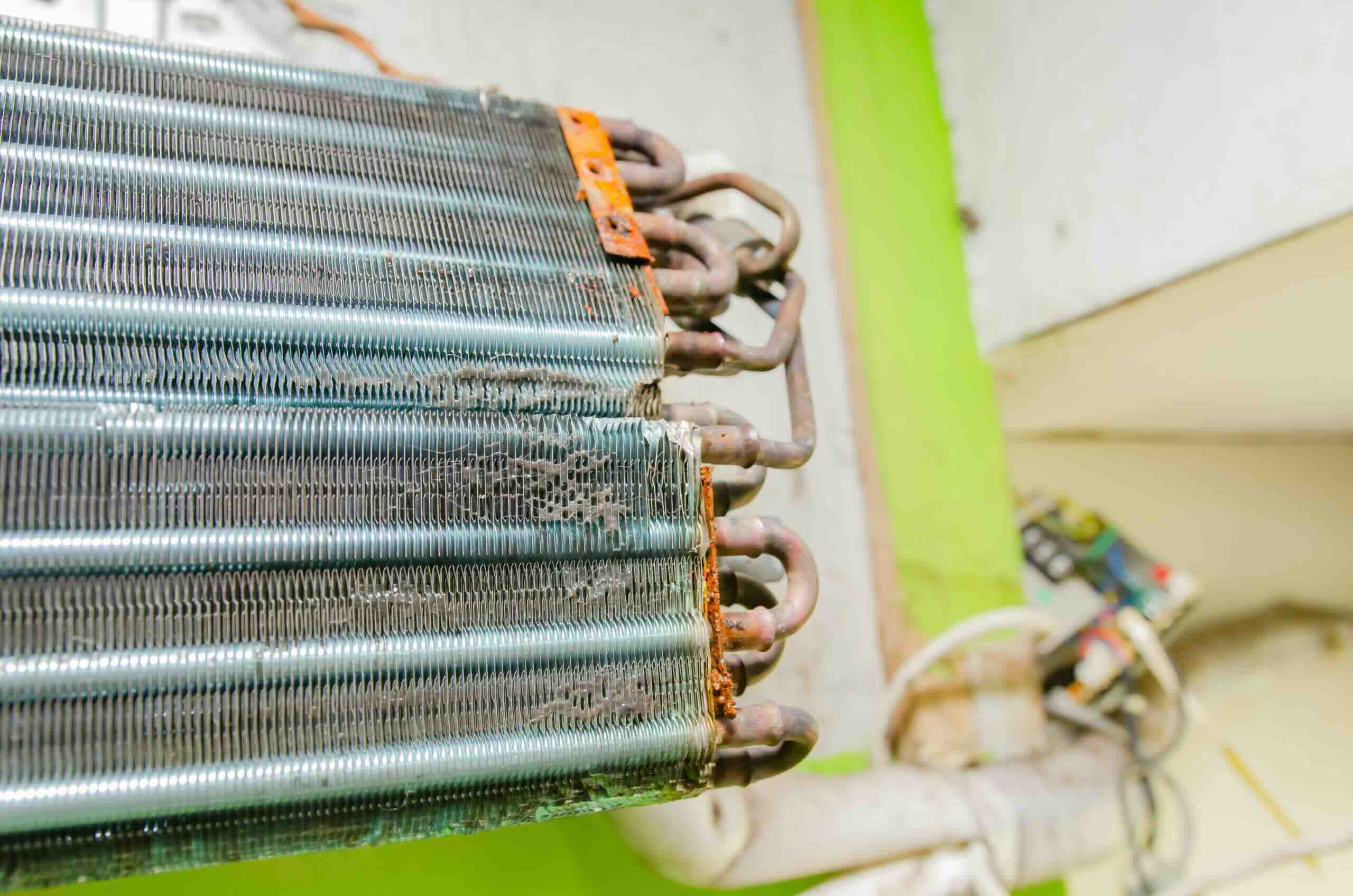
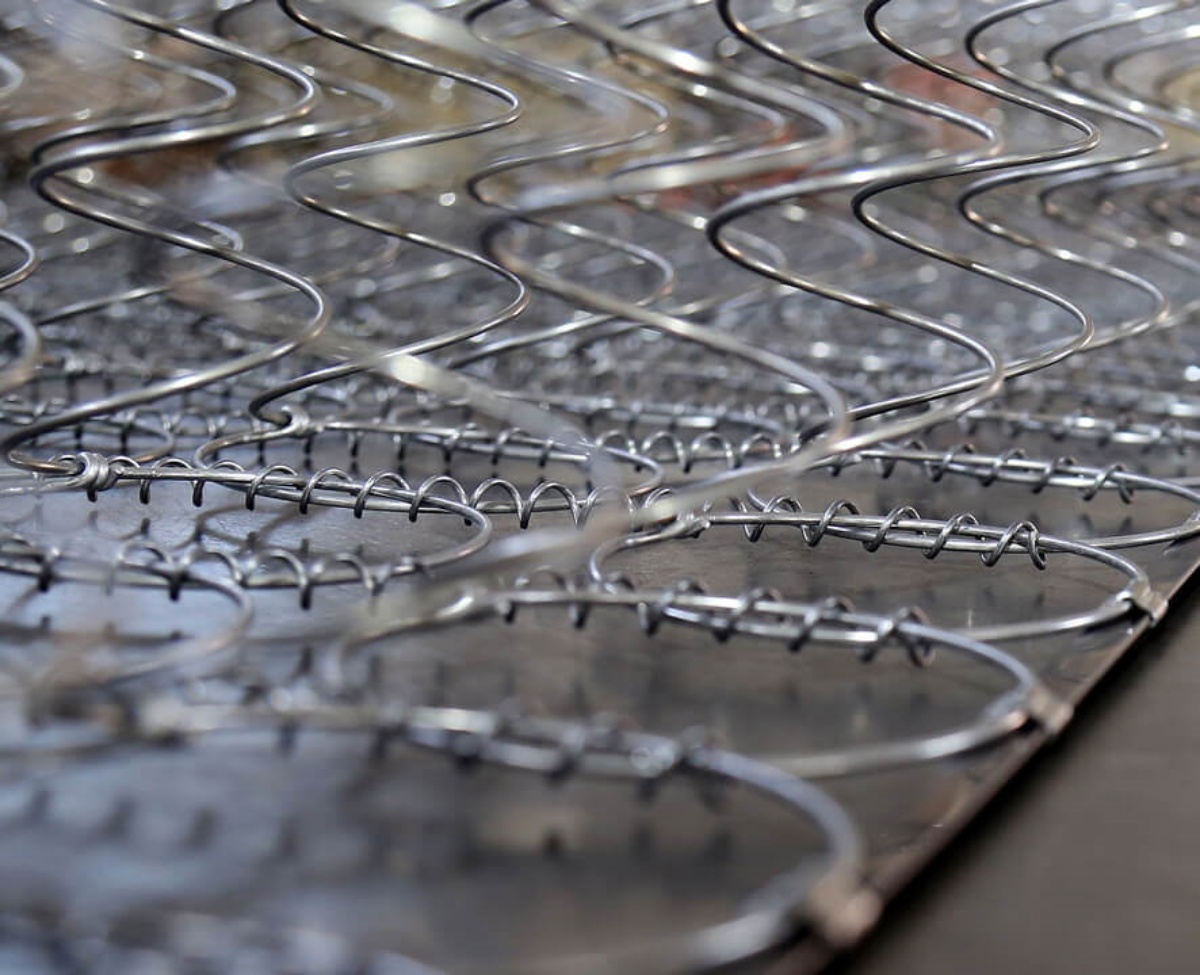
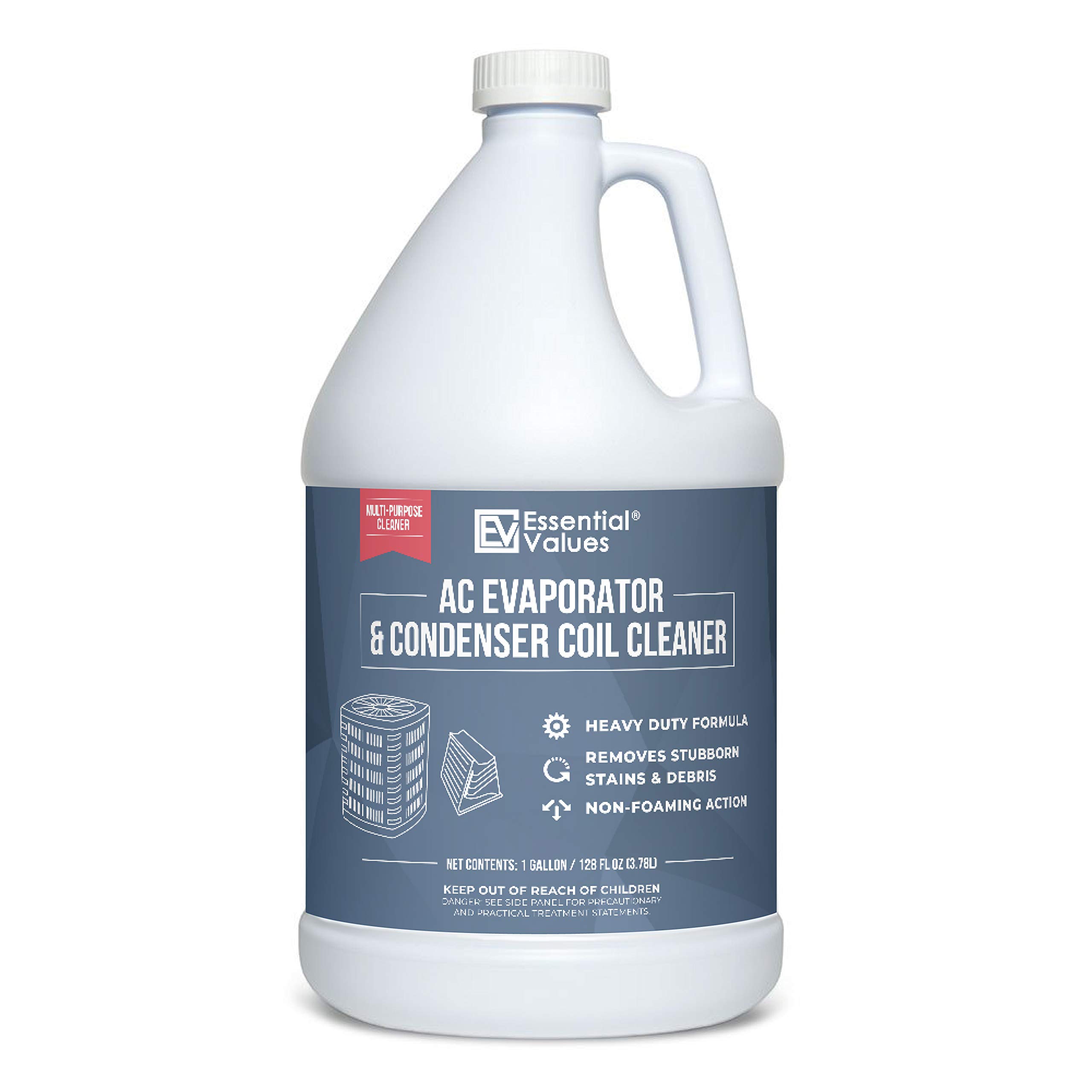
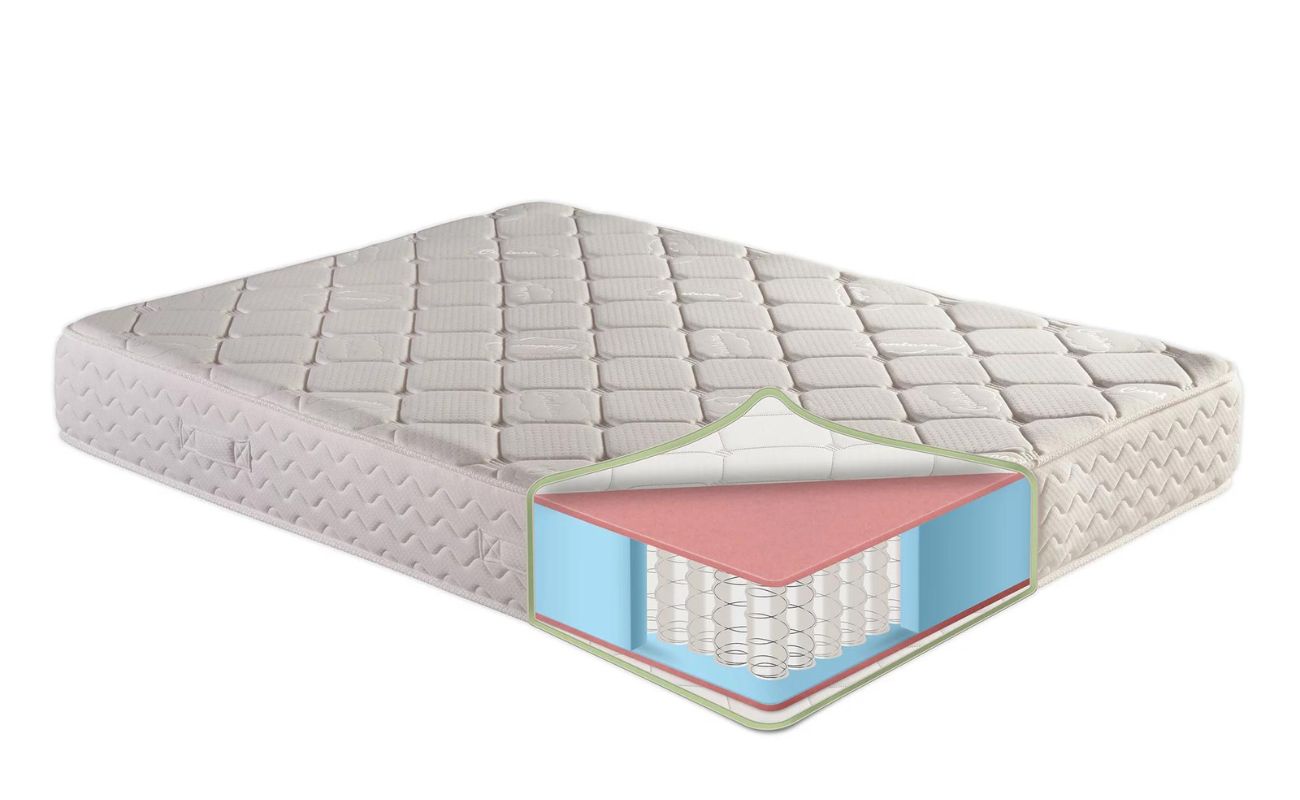
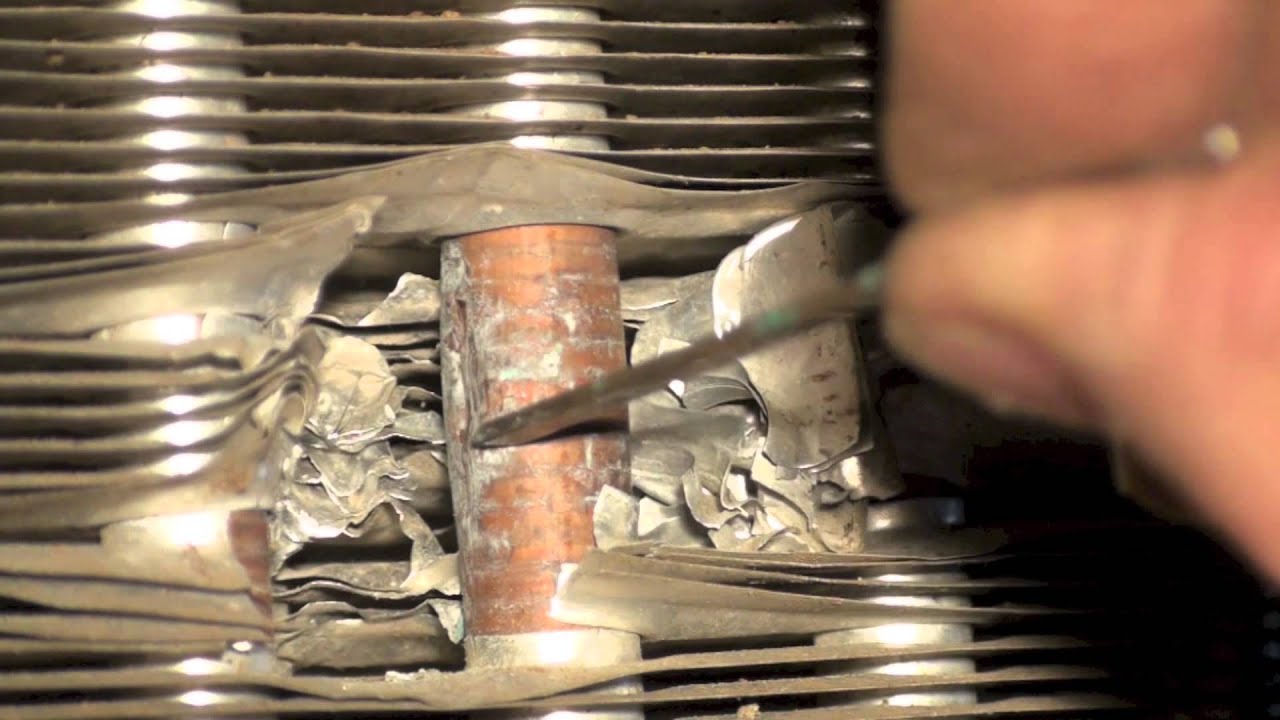
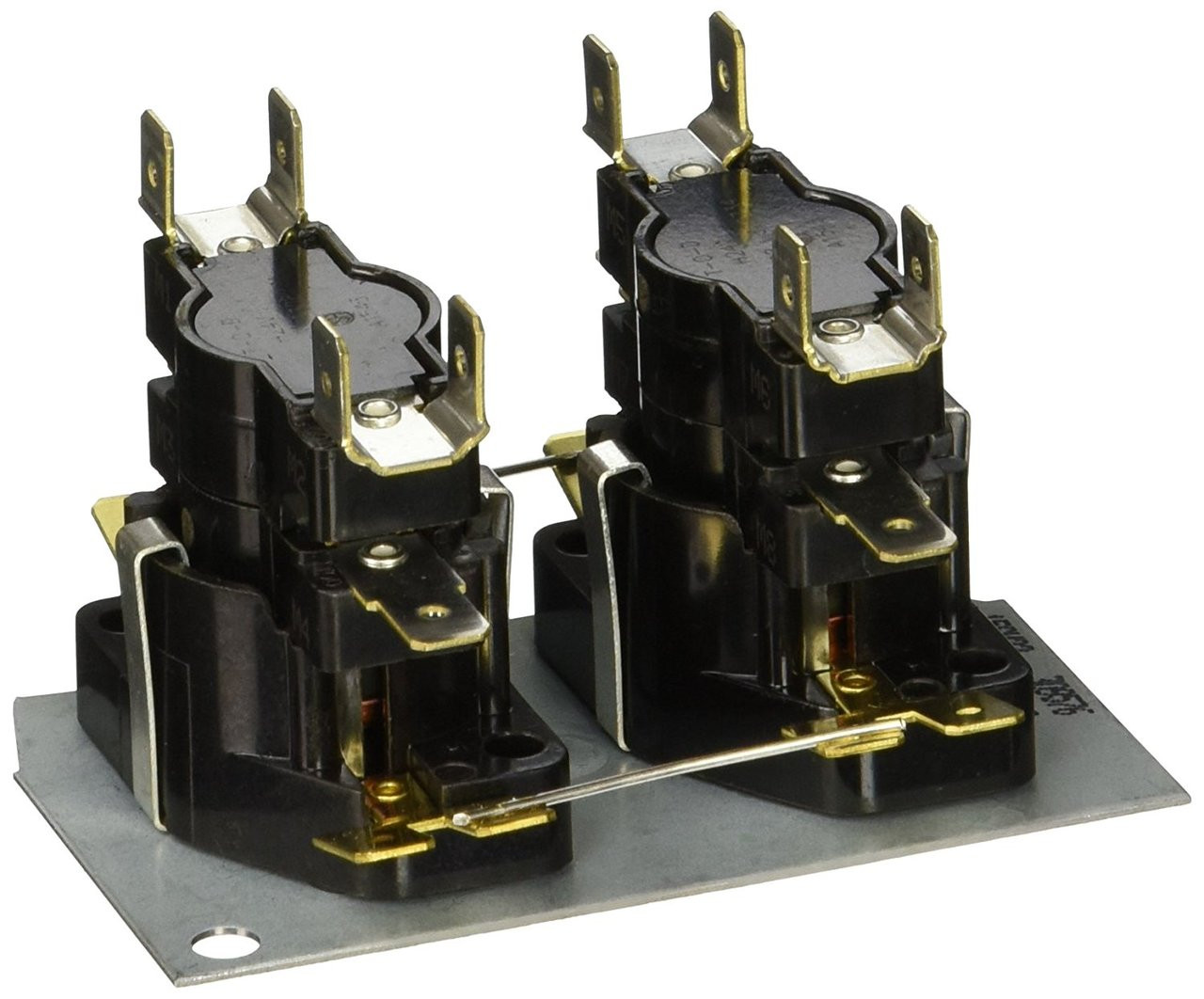
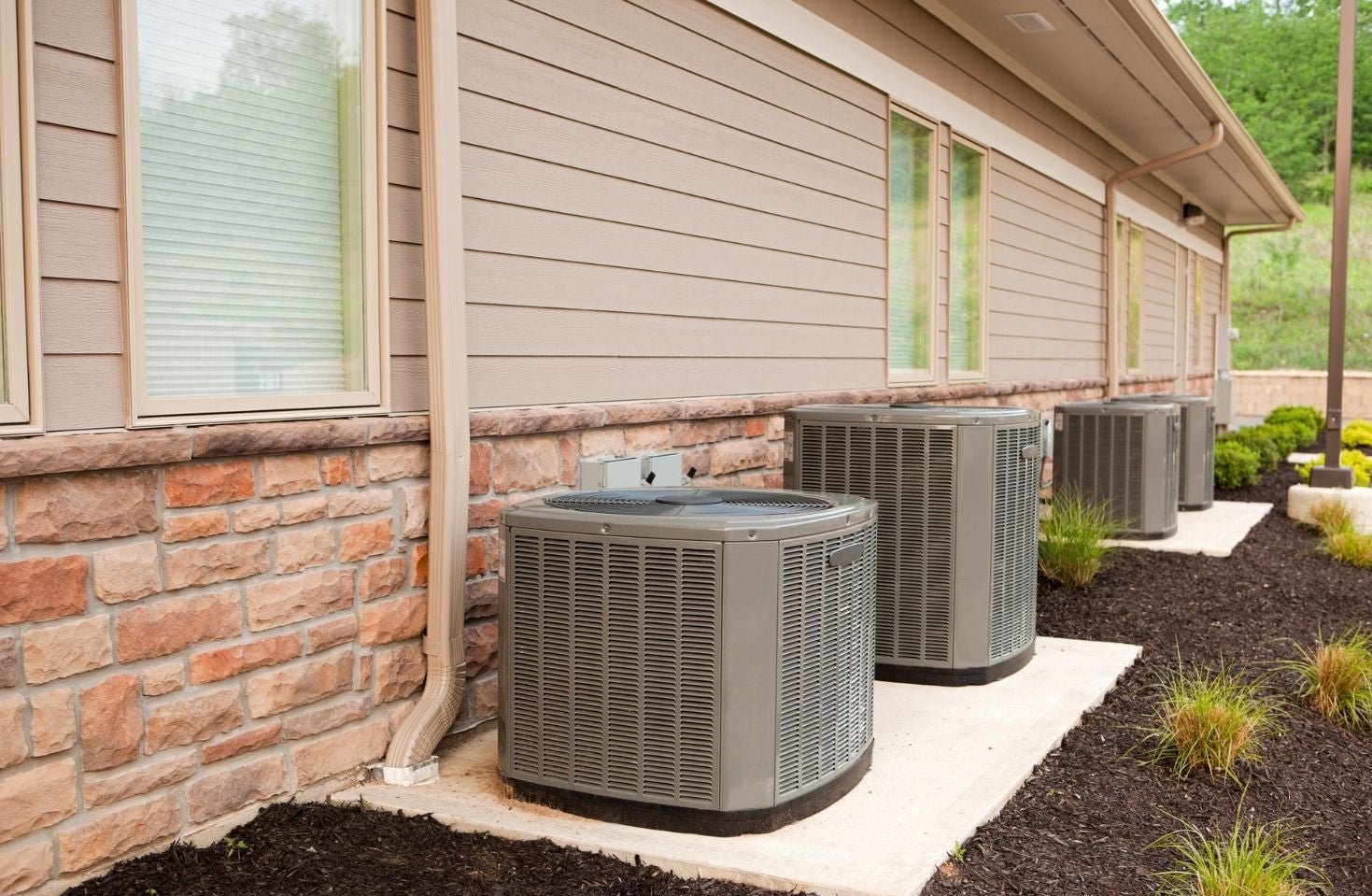
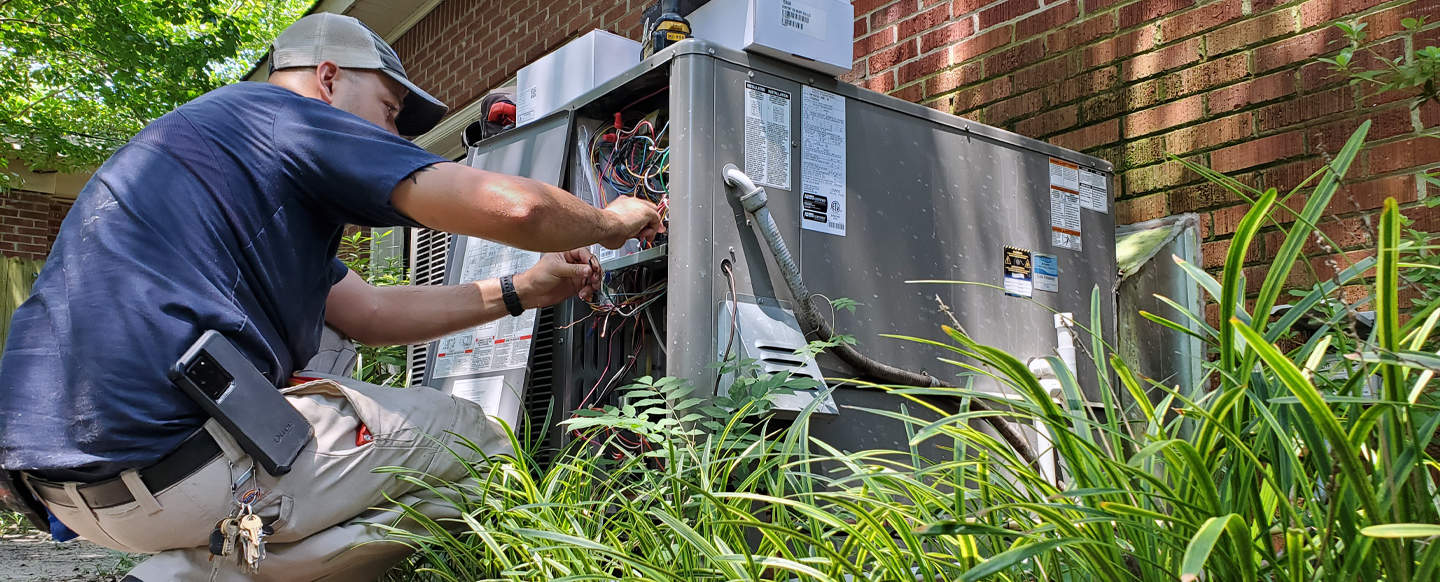
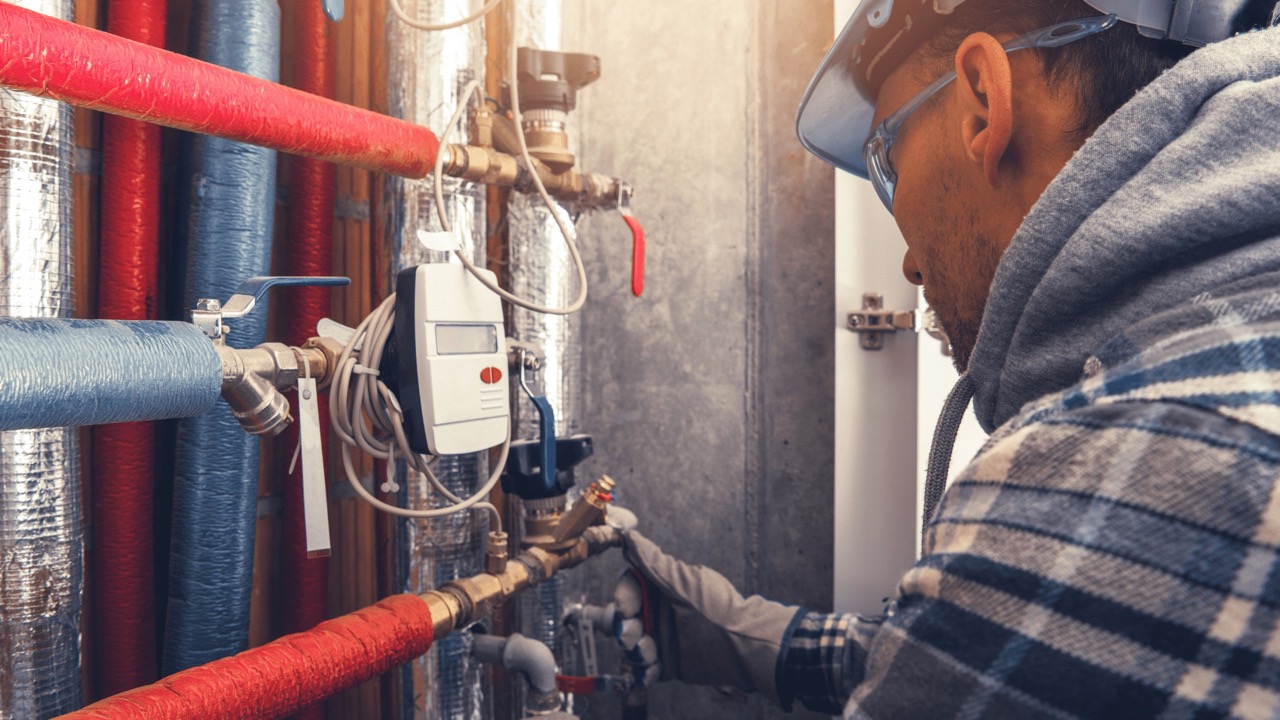
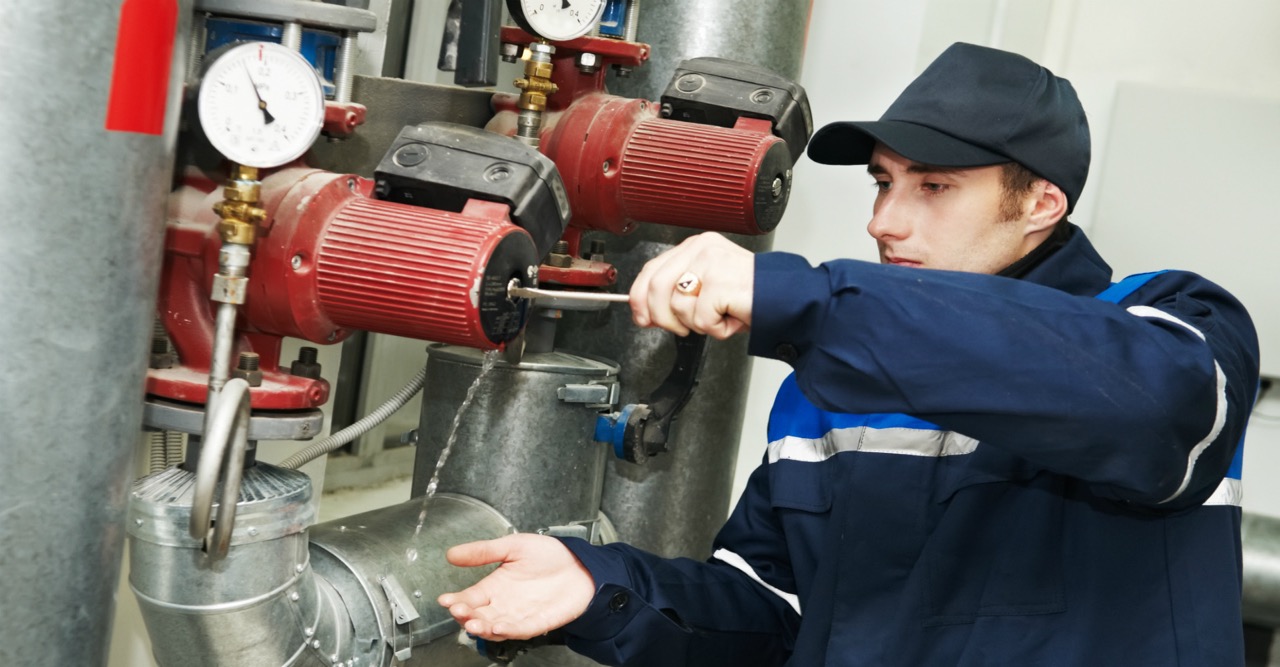
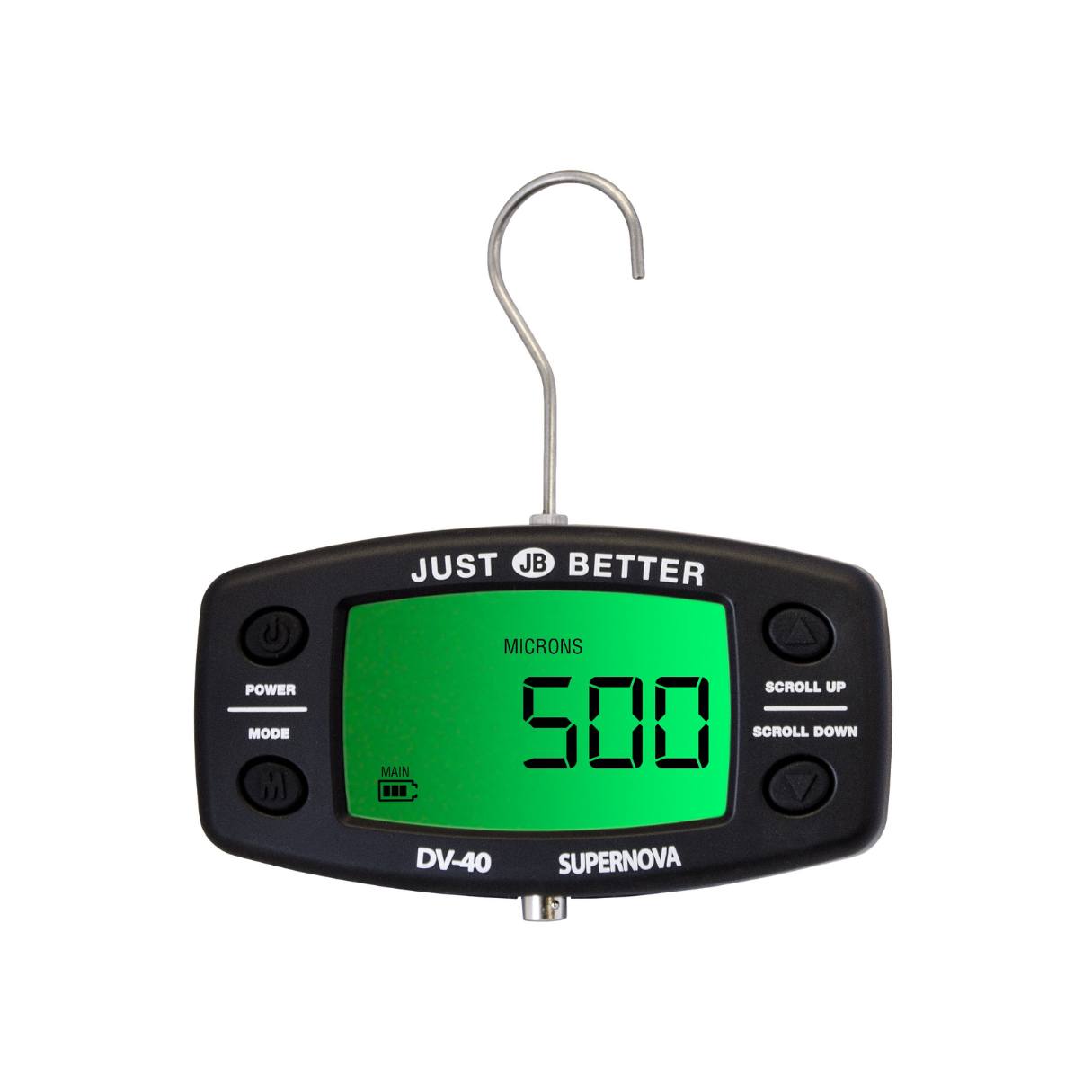
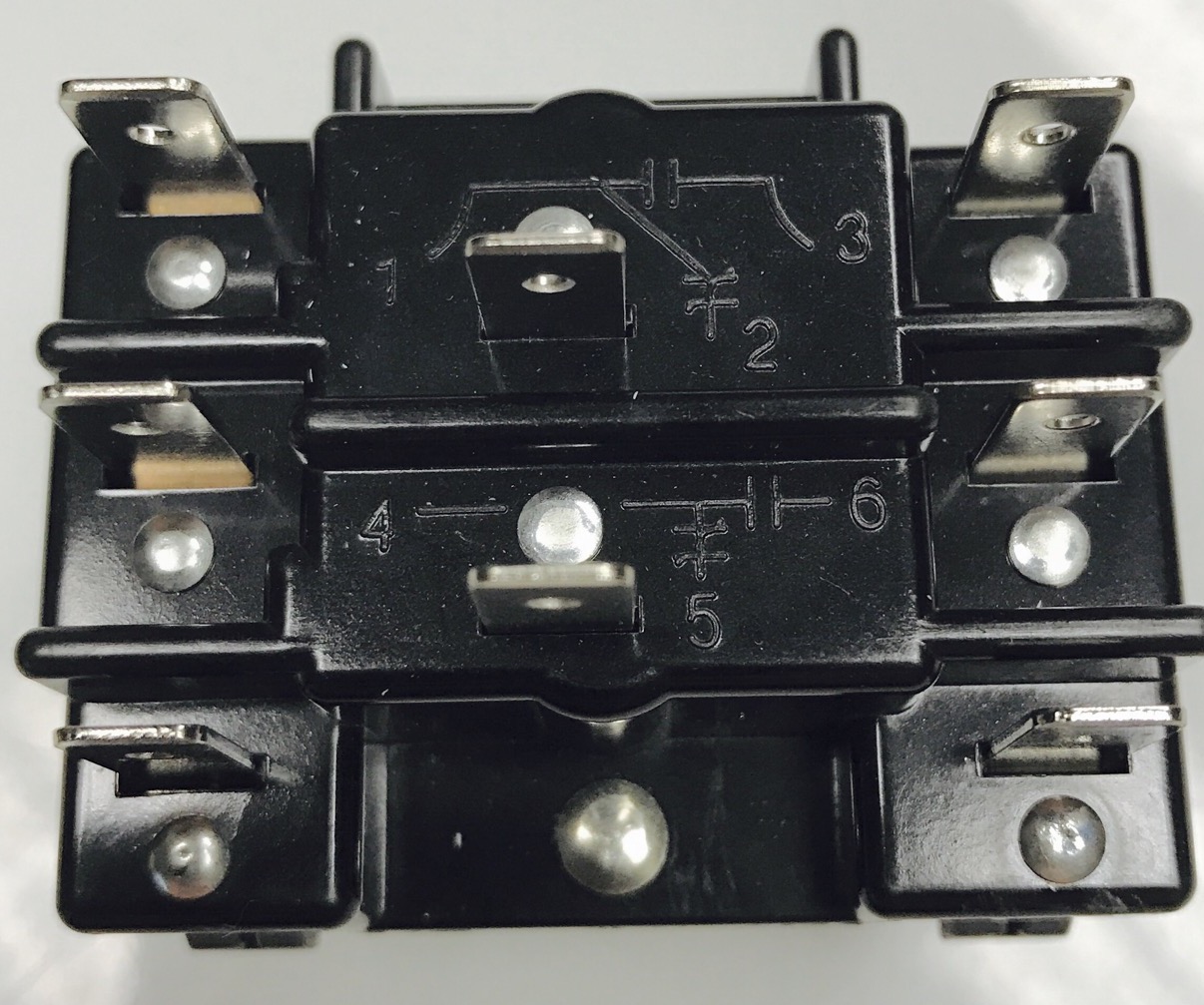
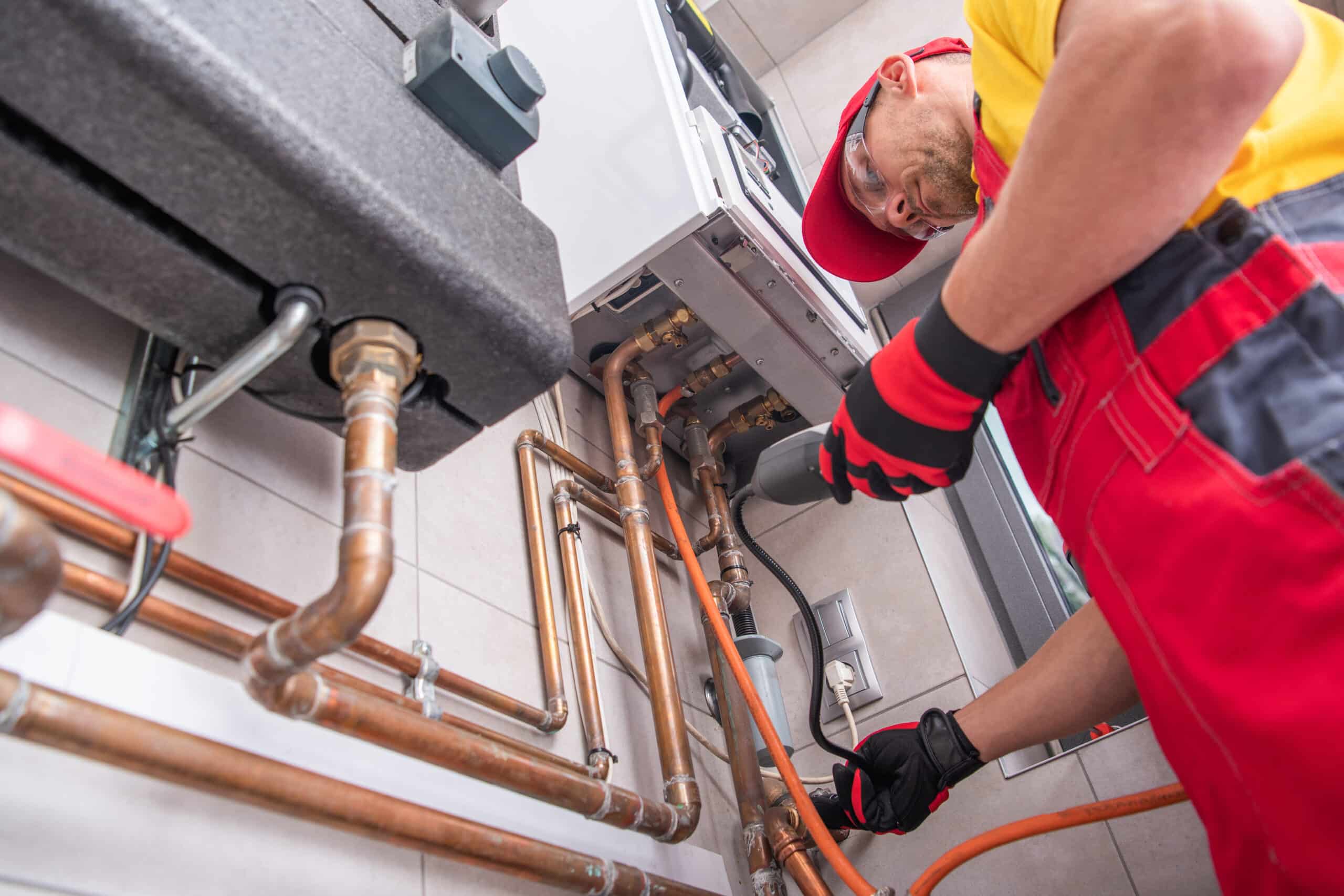
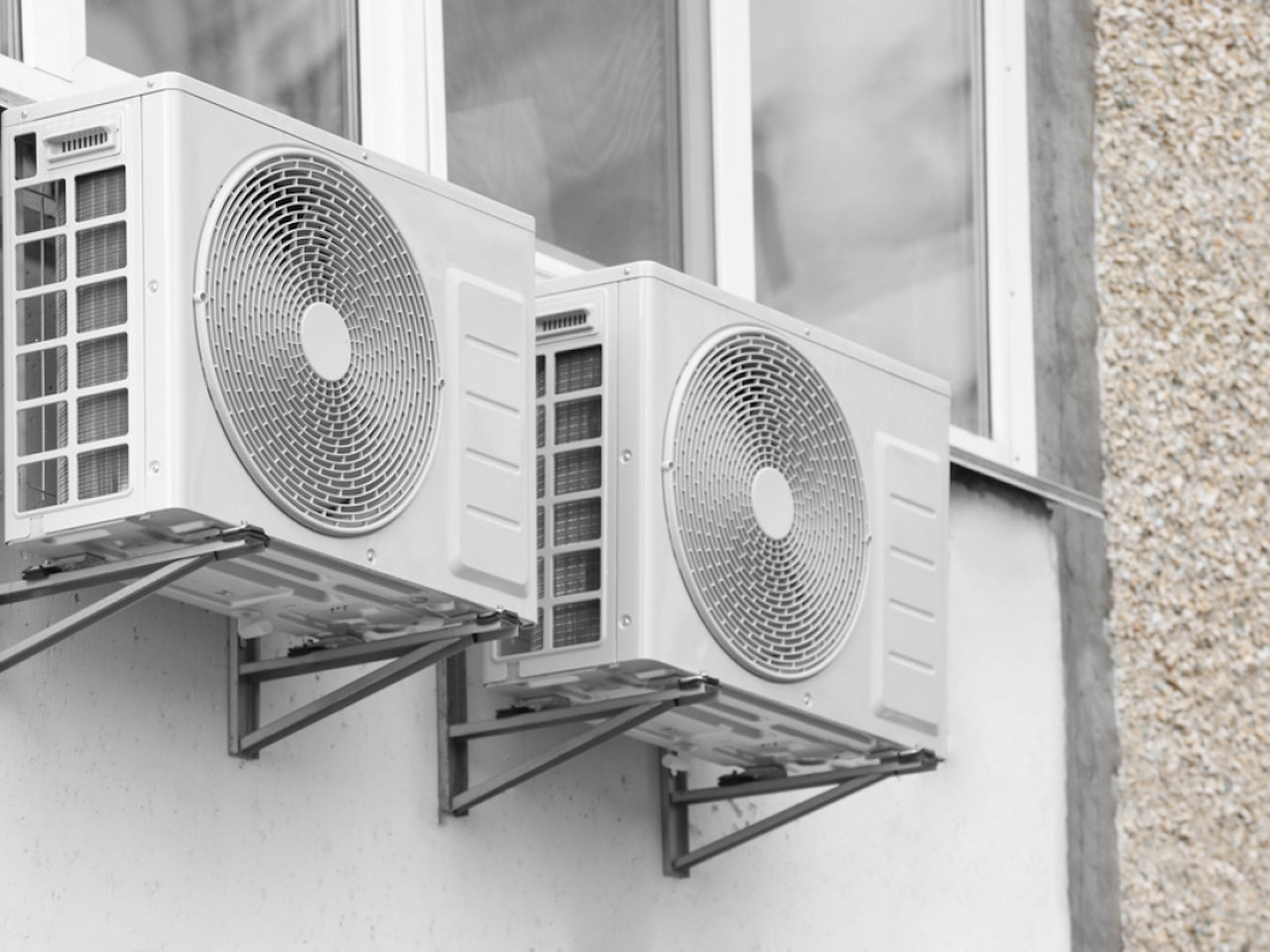

0 thoughts on “What Is A Coil In HVAC”